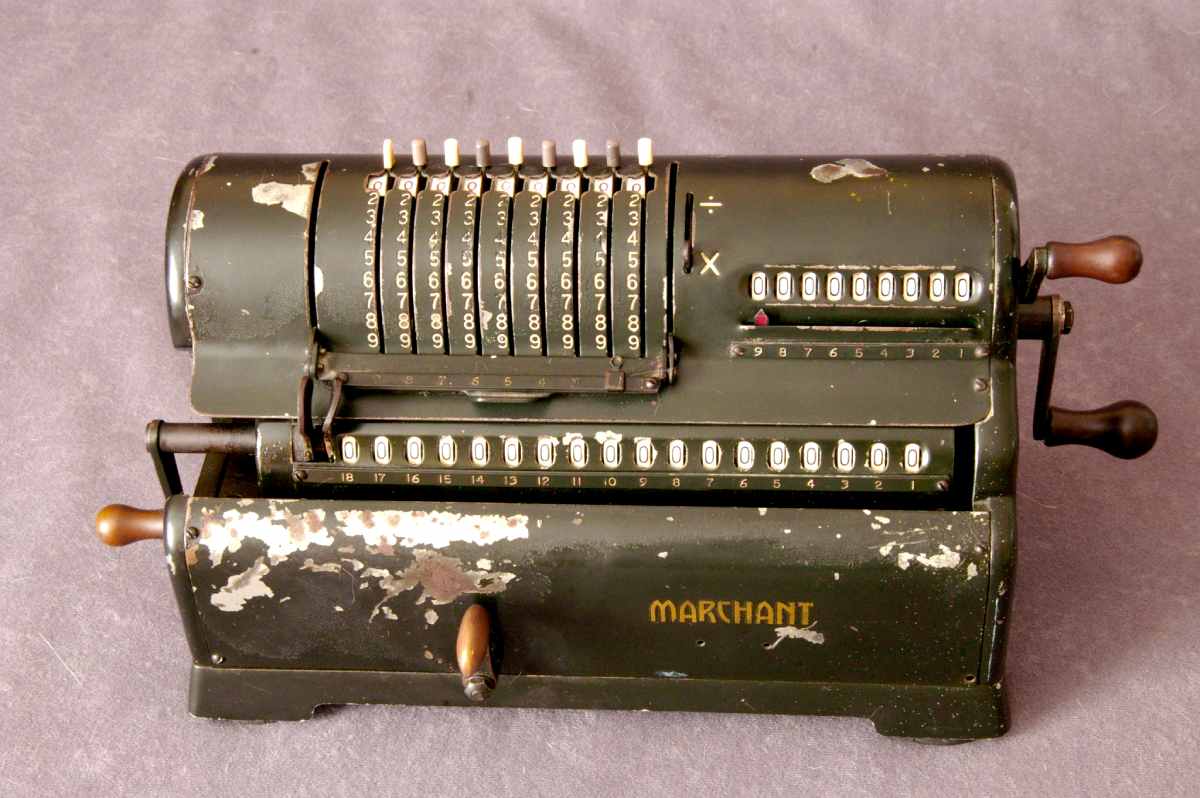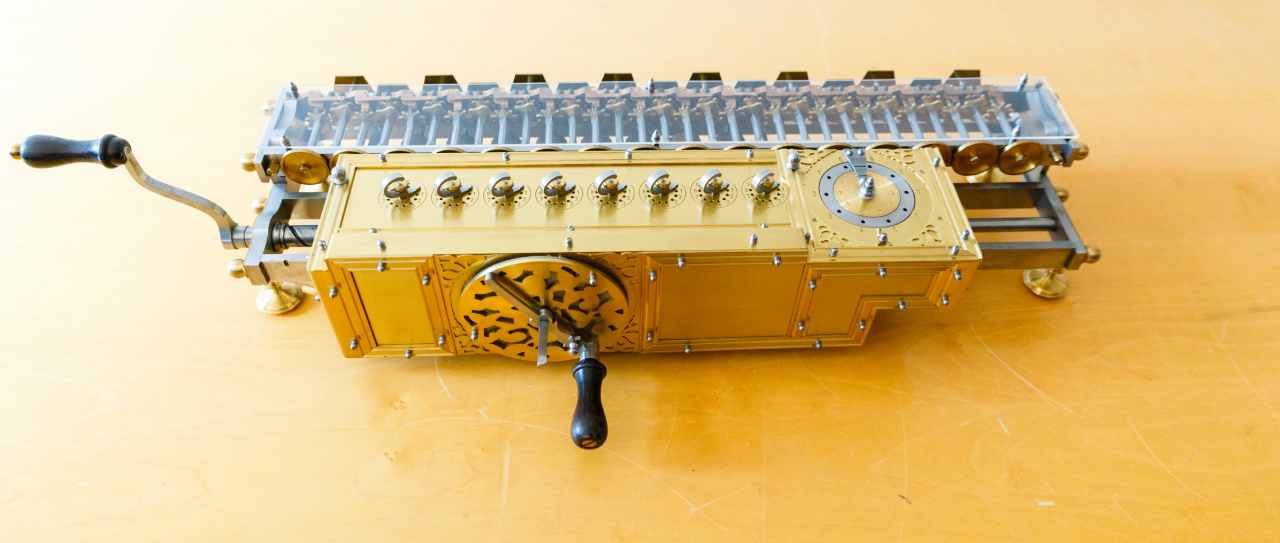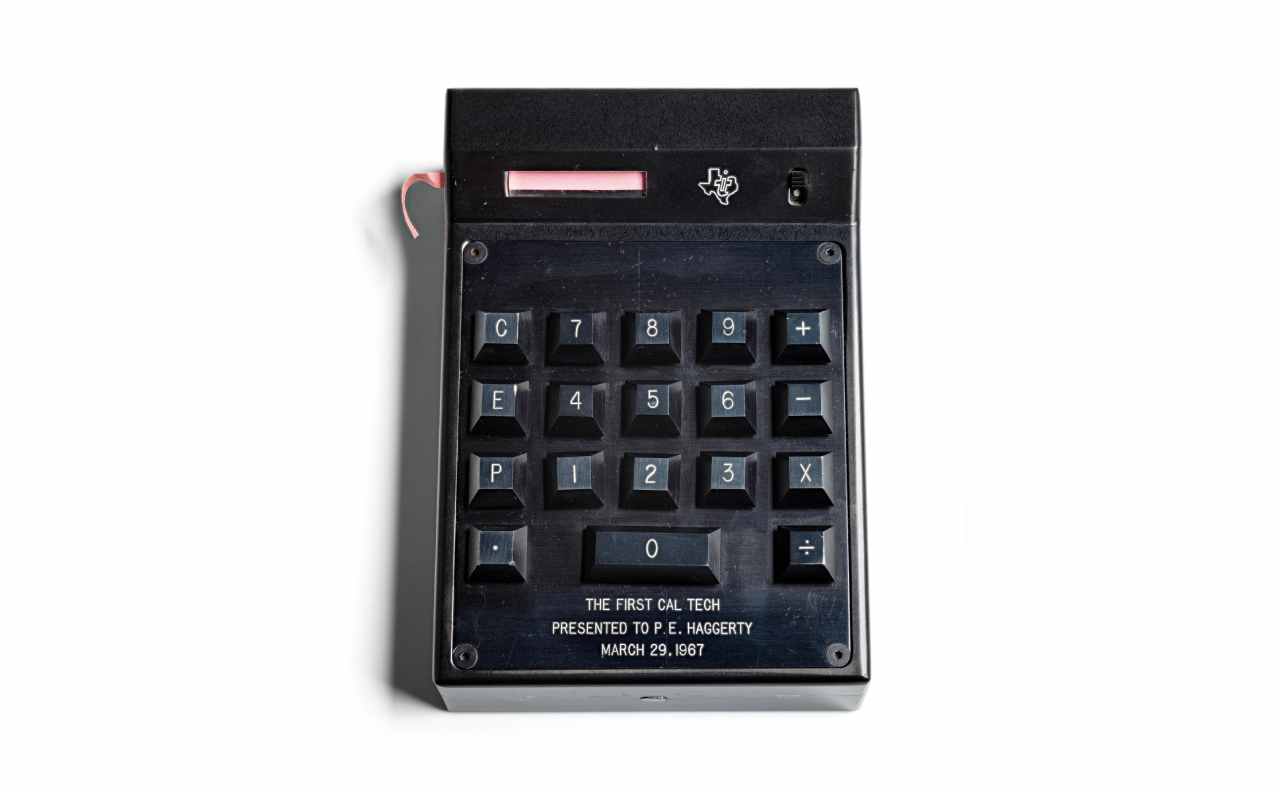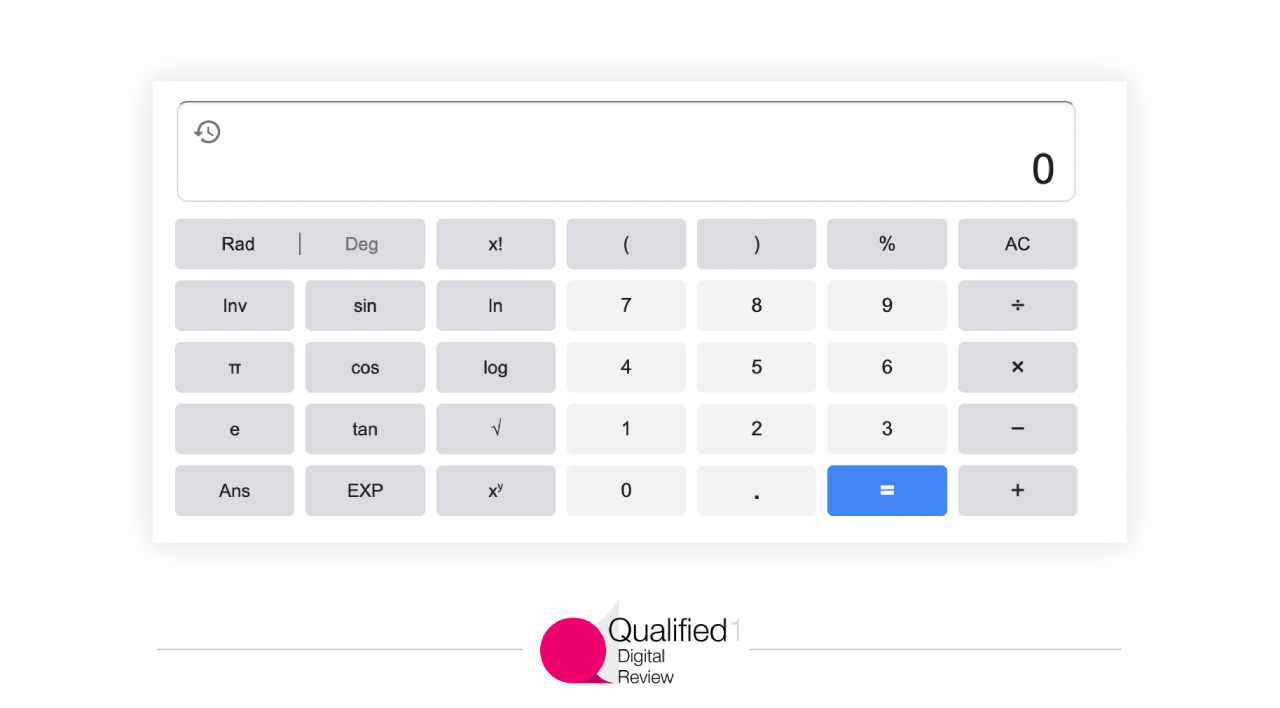In Software Development
We use it every day, it is one of the most useful objects in the world, and yet, perhaps, we have never wondered who first came up with the idea!

Management

Find out with us who invented this super ally that helps you when... multiplication tables aren't enough!
How did scientists do big calculations before the calculator?
Actually, mathematicians do very few calculations. There are some questions that require calculus, but most of the things mathematicians are interested in are universal. Proving statements such as "a polynomial of degree n has at most n roots" involves no calculation.
Even theoretical scientists do not do a lot of calculus, but everything in science involves observations and experiments does. Similarly, many of the things that engineers do involve calculations. Business is full of calculations.

Gottfried Leibniz' calculating machine
Who invented the calculator?
A distant cousin of the abacus, the calculator gets its name from the word calculator, that is, the person who performed calculations with the help of pen and paper. This work, however, was in some cases very difficult and prone to error.
Therefore, as the centuries passed, there was a need to build an instrument capable of making calculations automatically and accurately.
Wilhelm Schickard , in 1623 built the first calculator, which he called the Calculating clock . About 20 years later, in 1645, the French philosopher and mathematician Blaise Pascal invented the calculating device later known as the Pascalina , which was used in France to calculate the amount of taxes to be paid until 1799; a shortcoming of the Pascalina was that it only performed addition.
Later, the German philosopher Gottfried Leibniz made a calculating machine that, as a refinement of the Pascaline, could also perform multiplication .
In the following years, after some refinements made by Giovanni Poleni , in the 19th century, thanks to the development of mechanical industry , the first industrially produced calculators were made and, finally, capable of performing all 4 arithmetic operations. In the 20th century, finally, with the development of electronics, calculators became more powerful, capable of performing hypercomplex calculations and, finally, pocket-sized and inexpensive.
Calculator: the timeline
- Between 1490 and 1505, in the so-called Madrid Codices, Leonardo da Vinci described a device that may have been a mechanical calculator. Leonardo never built it, however, in 1968 scholar Roberto Guatelli tried and the machine worked. Leonardo had no mechanical industries, but his head worked well.
- In 1623, German professor Wilhelm Schickard built a working calculator, of which, however, nothing remains for us except references in some letters to John Kepler.
- In 1645, French mathematician Blaise Pascal built a device capable of performing sums that he called Pascaline.
- In 1659, German mathematician Gottfried Leibniz made a machine that could also perform multiplications thanks to a stepped cylinder with reliefs of different lengths.
- In 1820, Xavier Thomas de Colmar put out a machine called the Arithmometer, but it was based on Leibniz's idea; there was nothing new about it.
- At the end of 1884, Dorr Felt made the Comptometer, the first key addition machine, which was followed by the Comptograph, the first writing calculator.
- In 1822 Charles Babbage began to build the Difference Engine, a machine that was to write logarithmic tables, but the project was abandoned due to a shortage of means.
- In 1882 Herman Hollerith built the first electric calculating machines capable of running on punch cards. It was he who named the "Hollerith Code" that served to program, until 1980, the supercomputers of CINECA, an inter-university consortium headquartered in Casalecchio di Reno.
- Calculators produced in the early 1900s worked by hand crank. Addition and subtraction were performed by a single operation, while multiplication and division were done by repeated addition and subtraction. Multiplying a three-digit number by a two-digit number could take up to thirty seconds of hellish noise.
- In early 1961 the first fully electronic office calculator went on sale: the ANITA Mark VII, but it made errors and was soon replaced with the Mark VIII version.
- In 1964 Sharp introduced the CS-10A, an office calculator that weighed 25 kg and cost $2,500.
- In 1971 the first portable calculator was introduced, the Sharp EL-8, which weighed only one pound and cost $395.
- In 1972 came out the Sinclair Executive, the smallest pocket calculator, weighing 70 grams and costing only 79 pounds.
- 1972 also saw the release of the first pocket calculator with scientific functions: the HP-35 from Hewlett-Packard, which cost $395 and adopted reverse Polish notation (RPN) for entering calculations to be performed. In this notation, you write the numbers first and then the operators in reverse.For example, to do this operation: 7 + (13 * 5) you enter: 7 13 5 * + which gives 7 65 + which gives 72.
- In 1973, Texas Instruments introduced the SR-10, a portable calculator in direct competition with the HP-35, which adopted the traditional algebraic input system.
- In 1974, the first programmable pocket calculator was released: the HP-65, equipped with a memory of 100 instructions. On that calculator it was even possible to program the game of poker (someone did).
- In 1979 HP marketed the HP-41C, the first expandable alphanumeric calculator, which could be equipped with more memory, barcode readers, microcassettes, floppy disk drives, thermal roll printers, and communications interfaces.
- Throughout the 1980s and 1990s, HP and Texas Instruments continually made calculators with more and more functions. Some calculators, such as the TI92 and TI89, and the HP 48 family or the HP-49G could derive and integrate functions, process text, and even connect to other calculators via cable or infrared.
- The HP-12C financial calculator, introduced in 1981, is still in production without cosmetic changes. Today it is the standard for financial calculators. It still works with reverse Polish notation. If desired, there is also an improved version, the HP-12C Platinum Edition, with more memory, more functions and algebraic data entry mode.

First pocket calculator
Modern calculators
The calculator is an indispensable tool in the office, as well as for school and home, available in a wide range of items and models in our portal for all your calculating needs.
Various types of calculators
Wherever you are working or studying, whether you have a table at your disposal or are outdoors, you will definitely need some ad hoc, practical and handy accessories to perform certain tasks.
One can distinguish, for example, the pocket calculator, desk calculator, writing calculator, mathematical calculator, scientific calculator, graphing calculator, and caseless graphing calculator. Each of these models offers specific functions to perform particular operations.
The pocket calculator to carry with you
The pocket calculator is the simplest model of mathematical calculator, small in size such that it can fit comfortably in your pocket, very light and convenient to carry. It offers decimal number system keys and basic functions such as the four arithmetic functions, is a fraction calculator, decimal separator, and is also percentage and square root calculator.
The first portable electronic pocket calculator, was the Sharp EL-8 marketed in 1971 in America, which has become a vintage pocket calculator today. As a rule, all modern pocket calculators are powered by electric batteries or solar-powered rechargeable batteries.
Modern office desk calculators
The desk calculator was the first model of calculator for the general public and was made for office work; at one time it was very large and inconvenient to carry, today's modern office desk calculators are more although still larger in size than the pocket calculators, but light and easy to move, with small feet to be easily rested on a table or plane, and preferably writing desk calculators are chosen because of their practicality given the fact that they have a roll of paper where the operation performed is written down.
Compared to the pocket calculator, a desk calculator has larger keys and also a larger display. It is not difficult to learn a desk calculator how to use it or even how to use a writing calculator, for the latter you only need to equip yourself with writing calculator tape, which corresponds to a given model and brand of writing calculator, and then type on the keys as for classic calculators.
Scientific and graphing calculators
Today's scientific calculators have many additional functions compared to ordinary calculators, for scientific and technical subjects and in some advanced models even with finance functions, statistics calculations, and table and spreadsheet creation.
The first portable scientific calculators were those made by Hp, produced in 1972 in California, with 35 keys and also offering logarithmic and trigonometric functions. In Italy, an early successful pocket calculator was the SR-50A, produced in 1976 by the Texas Instruments company, which differed from the desktop calculators used at the time because of its particular handiness and low cost.
More advanced scientific calculators offer convenient functions for drawing graphs and are therefore called graphing calculators.
Many are also capable of running simple programs and are called programmable calculators, to be distinguished from non-programmable graphing calculators. Also you may be interested in purchasing a graphing calculator without cas i.e., one that performs only numerical computation, or with cas i.e., a graphing calculator that also performs symbolic computation (CAS - Computer Algebric System).
Online calculators

Online calculator in Google Search Results Page (SERP)
In the Internet era, one of the most convenient ways to perform simple (and not that simple) calculations is to use an online calculator. There are plenty of them, starting from the built-in calculator in Google Search and to the more complicated and advanced ones. For instance, calculator-1.com is an example of simple, practical and free online calculator . It is an online interpretive calculator for fractions, percentages, powers and any mathematical expression, plus an online scientific calculator. Nothing to download, just enter your calculations via mouse or keyboard!

